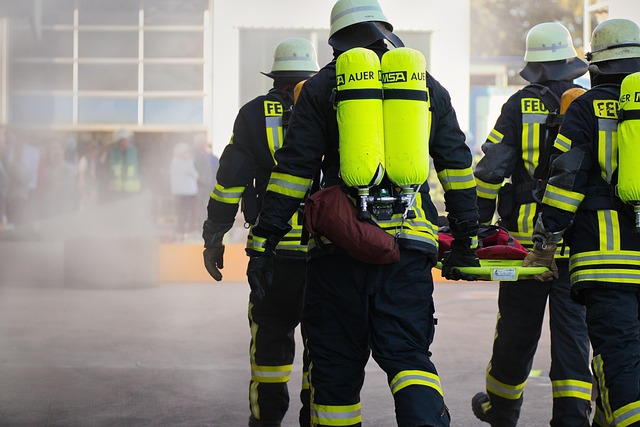Safety Training for Firefighter, Emergency, and Rescue Roles
Effective safety training prepares individuals and teams to respond to hazards with skill, confidence, and consistent procedures. For people entering firefighter, emergency, or rescue roles—whether volunteers, new recruits, or experienced personnel updating certifications—structured training reduces risk, improves decision-making under stress, and aligns on-scene behavior with accepted standards. Training combines classroom learning, hands-on practice, scenario-based drills, and after-action review to build technical competence, physical readiness, and the communication habits that prevent accidents. This article outlines core components of safety training, typical methods used to teach safety, how trainees prepare for emergencies, skills specific to rescue operations, and guidance for finding local services and providers.

What does firefighter training include?
Firefighter training covers a mix of knowledge and applied skills. Core topics typically include fire behavior and combustion science, personal protective equipment (PPE) use, breathing apparatus (SCBA) operation, hose handling and water supply, ventilation, search and rescue techniques, and basic incident command principles. Training often progresses from classroom theory to hands-on evolutions and live-fire exercises in controlled environments. Physical fitness and endurance are integrated throughout, since many tasks are physically demanding. Regular refresher courses and assessments help ensure that techniques remain current and that individuals can perform safely under stress.
How is safety taught in training programs?
Safety is taught through layered approaches that combine rules, modeling, and practice. Programs emphasize risk assessment, use of checklists and standard operating procedures, and the importance of situational awareness. Instructors demonstrate safe techniques, supervise hands-on drills, and run simulations that expose trainees to predictable complications so they learn hazard recognition. After-action reviews and debriefs reinforce lessons learned and encourage reporting of near-misses. A strong safety culture is emphasized: clear communication, mutual accountability, and adherence to protective measures like PPE and lockout/tagout whenever relevant.
How do trainees prepare for emergency scenarios?
Preparing for emergencies relies on repetition, variability, and realism. Trainees engage in scenario-based training that mirrors likely incidents—structure fires, vehicle extrications, confined-space rescues, and mass-casualty events—often using props or simulation tools. Tabletop exercises and command-post drills develop decision-making and resource coordination. Interdisciplinary drills with EMS, law enforcement, and utility providers improve interoperability. Emphasis is placed on checklists, radio discipline, role clarity, and mental rehearsal to reduce cognitive load during actual emergencies. Regular exposure to stressful but controlled scenarios helps individuals translate training into reliable action under pressure.
What skills are critical for rescue operations?
Rescue work demands a combination of technical, medical, and soft skills. Technical proficiencies include rope work and rigging, vehicle stabilization and extrication, confined space entry, trench shoring basics, and use of rescue tools and power equipment. Many rescues also require rapid medical stabilization, so basic life support and trauma care skills are essential. Team coordination, clear radios, leadership under stress, and the ability to adapt plans quickly are equally important. Effective rescue training balances technique practice with judgment-focused scenarios that require prioritizing patient safety and rescuer protection.
How to choose local services or training providers
When selecting training providers or local services, look for programs aligned with recognized standards and clear instructor qualifications. Accreditation or adherence to standards from respected organizations provides assurance of curriculum content and assessment methods. Evaluate whether providers offer realistic facilities (burn buildings, drill towers, simulation gear) and a mix of classroom, hands-on, and scenario-based learning. Consider ongoing education options and how the provider coordinates with municipal agencies or volunteer departments in your area. Ask about student-to-instructor ratios, assessment methods, and opportunities for practical certification relevant to your role.
Safety training is an ongoing process rather than a one-time event. Well-designed programs combine technical instruction, practical repetition, realistic scenarios, and a reinforced safety culture to help personnel perform effectively and protect themselves and others during firefighter, emergency, and rescue operations. Continuous evaluation, refresher training, and interagency exercises help maintain readiness and adapt procedures as technologies and community risks evolve.






